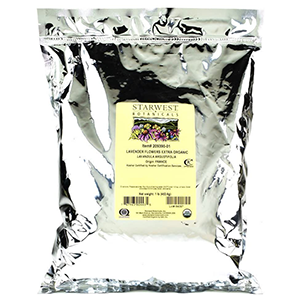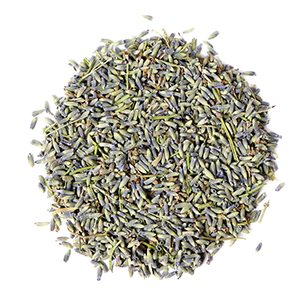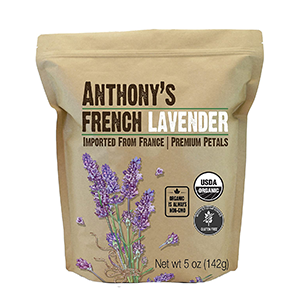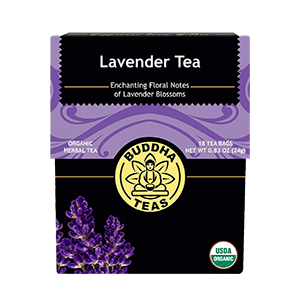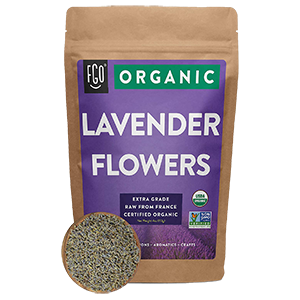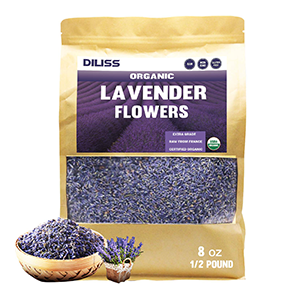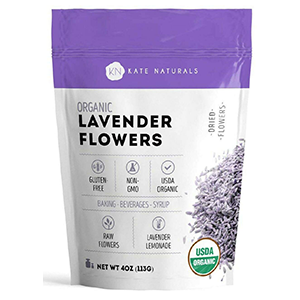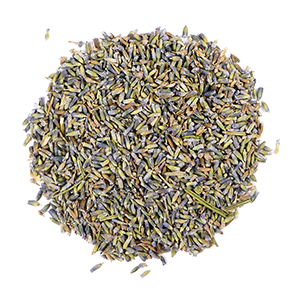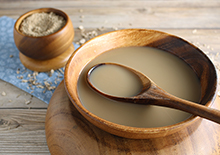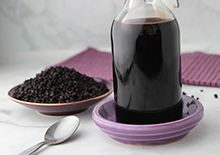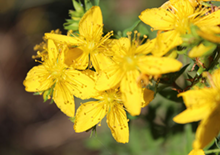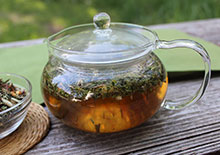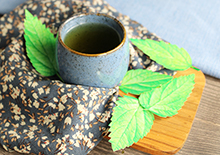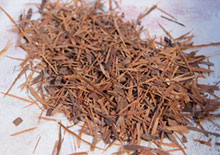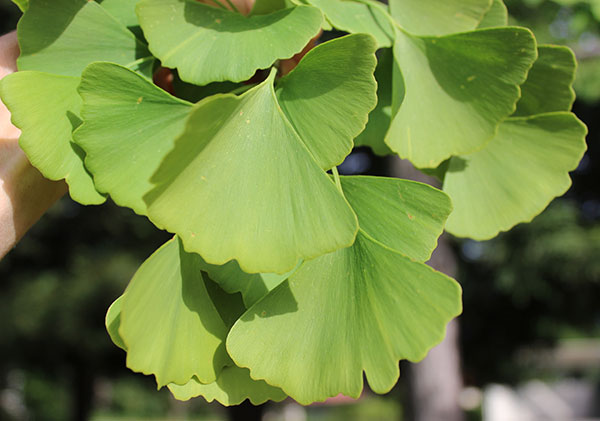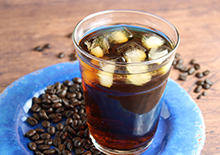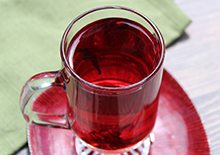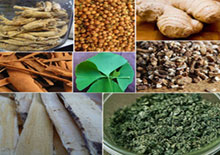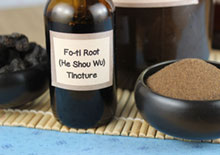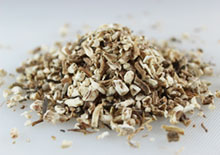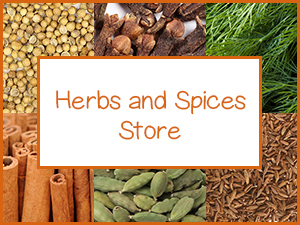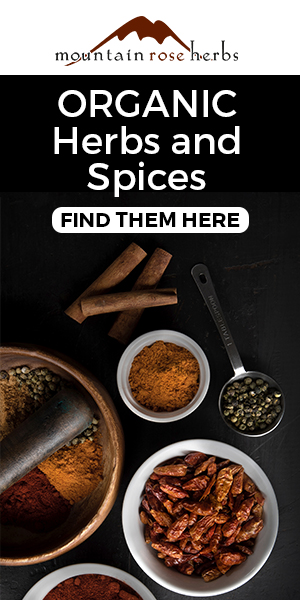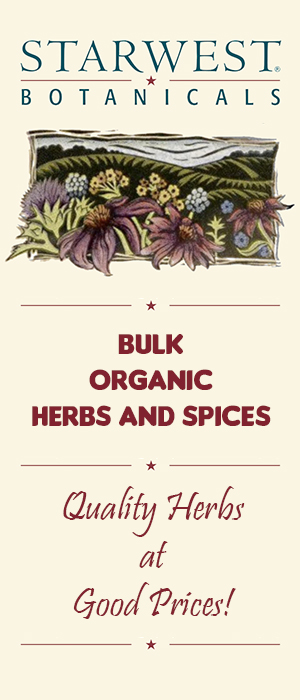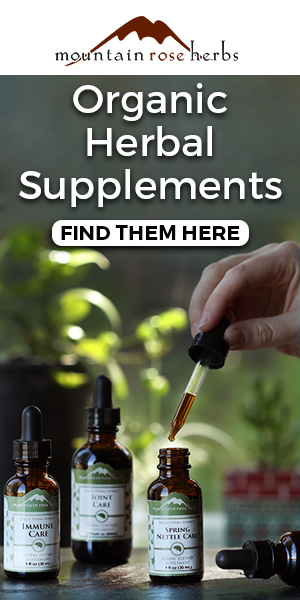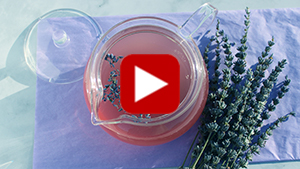- Home
- List of Herbs
- Lavender Herbal Tea
Intro | #1 Benefit as an Herbal Nervine | Tonic and Relaxant | Botanical Constituents | How to Make Lavender Tea | How to Use | Precautions | Shop
Lavender Herbal Tea Benefits for Anxiety, How It Works
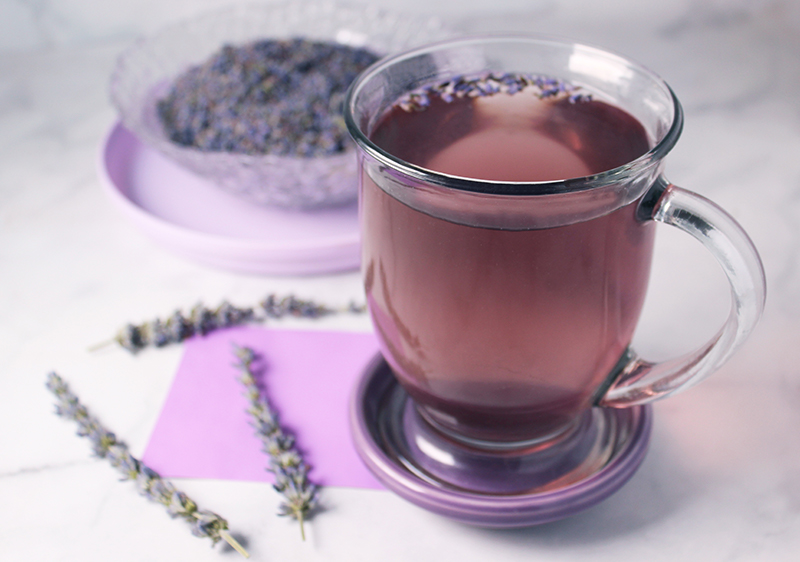
The lavender plant and many of its variations are most well-known around the world for their distinct aromatic perfume-like scent often used as an essential oil in aromatherapy treatments.
But did you know that lavender flowers and leaves can also be utilized for their therapeutic potentials? In fact, one of the most traditional ways lavender has been used since the early days of herbal medicine is as a tea or hot water infusion.
Table of Contents
Intro | #1 Benefit as an Herbal Nervine | Tonic and Relaxant | Botanical Constituents | How to Make Lavender Tea | How to Use | Precautions | Shop
From the genus Lavandula, there are approximately 47 species and Lavandula angustifolia or English lavender is one of the top varieties cultivated and grown for oral intake. While it's native to the Mediterranean region, not England directly, it has been a common plant found in British herb gardens as well as herbals and materia medica's ever since the middle ages.
Not usually one that you may reach for when brewing a cup of tea, lavender has made a recent resurgence for such purposes; and there is a good reason why.
#1 Benefit as an Herbal Nervine
Lavender herbal tea can be a simple herbal option to consider adding
to your self-care routine to calm anxiousness, help to reduce stress and
decrease its impact on the nervous system.
The main reason for this is because lavender happens to be on the list of herbal NERVINES. This is a group of herbs known for their calming and, in some cases, sedative actions.
Nervines are considered supportive herbal allies for the brain, nerves and the body’s natural response to stress. In modern times, and especially with the events of 2020, lavender tea can provide additional nervine support when life traumas tend to overwhelm one's sense of stability.
When under stress, the body causes the adrenal glands to secrete "stress hormones" such as adrenaline and cortisol. This can have an especially impactful outcome when it becomes a frequent occurrence, compromising both our immune and nervous system functions.
While regular use of adaptogens are also helpful for managing stress over the course of one's lifetime, periodic use of different nervine plant allies can also work in conjunction, offering a soothing and more peaceful life experience during uncertain times when a relaxing moment can be hard to come by.
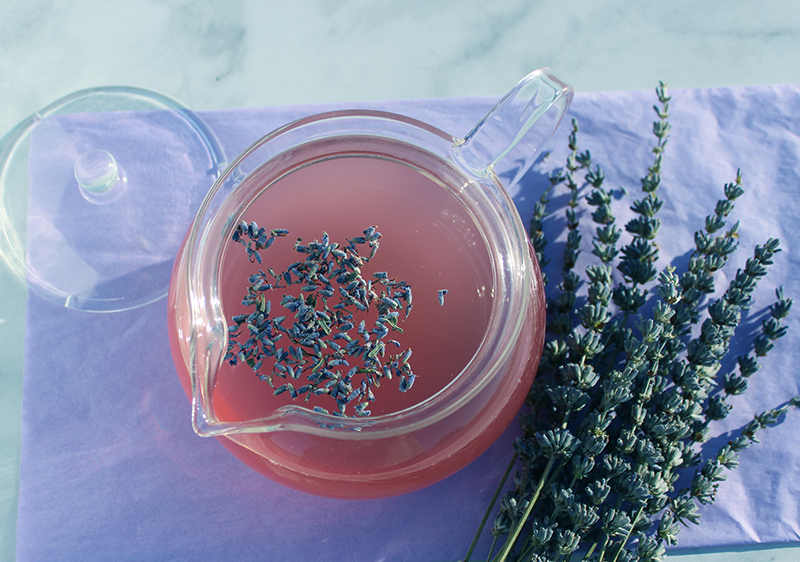
Lavender is a Nervine Tonic and Relaxant
Lavender is classified as both a nervine tonic and nervine relaxant. Nervine tonics offer nourishment to the nervous system and include others like ashwagandha, oat tops, albizia and brahmi. Nervine relaxants are recognized for their tranquilizing properties and include others like chamomile, California poppy, skullcap, passionflower, St. Johns wort, hops and valerian. Sometimes these two categories overlap as is the case with lavender.
Many of these herbs are commonly used in tea or tincture form to induce relaxed states. However lavender, compared to some of these herbal nervines, doesn't have a strong sedative influence and when consumed as a tea infusion is less likely to make you feel drowsy. In other words, it can offer mild calming actions that can help to settle the nerves rather than make you feel like taking a nap.
It is more apt to prepare one for better sleep due to certain compounds that support the relaxation of nervous tension. This can potentially impact mood and relieve anxious thoughts which may cause sleep disturbances.
In a 2020 trial on elderly subjects, results showed a reduction in depression and anxiety scores after lavender herbal tea (made with about 1/2 teaspoon or 2 grams of flowers) was consumed twice a day for a 2-week period.
While scientific evidence remains inconclusive, some research using an oral lavender oil preparation was found to have a positive influence on quality and duration of sleep without promoting sedative effects on 221 patients suffering from anxiety disorders.
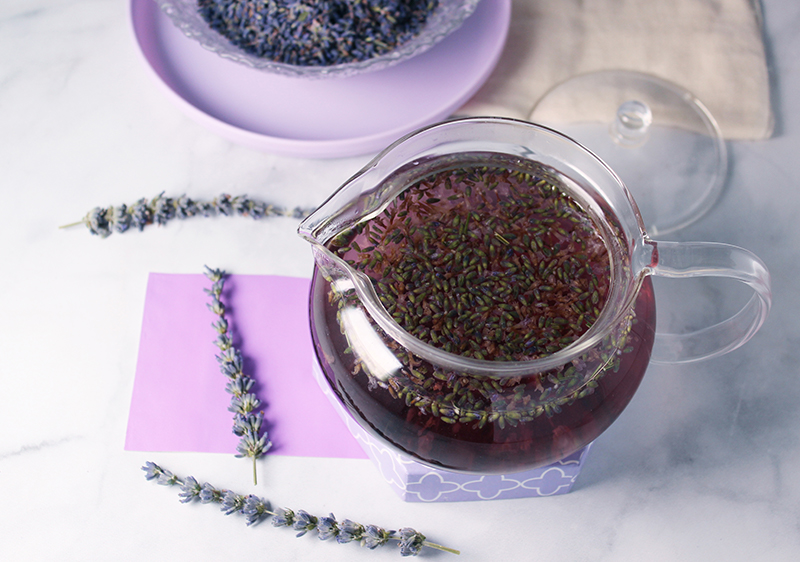
Lavender Tea Benefits and Botanical Constituents
The lavender plant may look quite unassuming with its delicate little flower buds, yet it remains one of the most potent as far as fragrance. This aspect not only provides calming qualities to humans via the sense of smell, but it is also an indication that certain botanical constituents are at work behind the scenes.
Consuming lavender tea is another way to put these potent components to good use. Hot water flower and leaf infusions help to release the volatile oils and many of its relaxing qualities.
It is estimated that lavender plants and their essential oils contain over 100 different compounds. Although many are present in low amounts, some of the most prominent ones include linalool, linalyl acetate, terpinen-4-ol, eucalyptol, lavandulol, camphor and limonene. (Source)
The tea has a pleasant floral yet minty taste with a slight amount of bitterness.
How to Make Lavender Herbal Tea
Note: When using lavender for herbal teas or dietary purposes it is best to use species like Lavandula angustifolia (English lavender or Common lavender), Lavandula x intermedia (Lavandin) or culinary-grade Lavandula dentata (French lavender).
Lavender herbal tea, made from the fresh or dried blossoms, was traditionally used for both its taste as well as its relaxing properties, especially in 16th and 17th Century England.
TO MAKE LAVENDER TEA: Simply infuse 1-2 teaspoons of dried flowers (or 2-3 teaspoons of fresh flowers) into one cup of hot water (8 ounces) and let steep with a lid for 5-10 minutes.
Teas can be served hot or as a refreshing lavender iced tea or lavender lemonade.
They can be made from straight lavender flowers or of course blended with other herbs.
The dried flower buds can turn the tea a purple-brown to purple-pink hue when infused in hot water. Or, they can have only a slight effect. This color variation is largely dependent on the quality and variety of lavender as some have a deeper pigmentation.
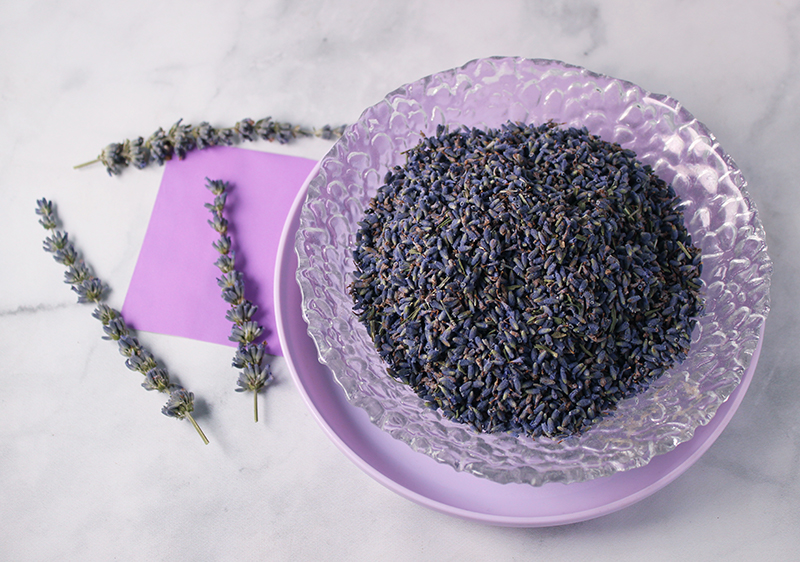
How to Use
Lavender herbal tea produces a slightly floral minty flavor profile with just a tinge of bitterness. It blends very well with sweeteners like honey and licorice root.
We always prefer using certified organic lavender when it comes to culinary uses or when making lavender tea. Or, better yet, growing your own is a great way to have the flowers or leaves readily on hand for teas and concoctions.
When using lavender flowers, the ultimate rule is a little bit goes a long way as far as flavor and medicinal effects.
As a member of the mint family, lavender flowers also combine well with other herbs in this class like sage, oregano and thyme hence its famed use in the Herbs de Provence spice mixture.
The flowers can be used with other herbal flavor enhancers to create delicious-tasting tea recipes, mocktails, nut milks and desserts. Lavender flowers are also popular for use in lavender honey, lavender chocolate and lavender ice cream.
Precautions:
Consult a healthcare professional before using lavender herbal tea if pregnant, nursing, if you are taking medications or have a serious medical condition.
Shop Related Products (About Affiliates & Amazon Associate Paid Links)
Affiliate Disclaimer: This section contains affiliate product links. If you make a purchase through our recommended links, we receive a small commission at no additional cost to you. Thanks for the support.

